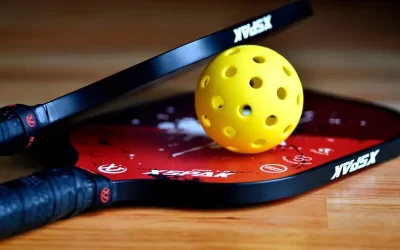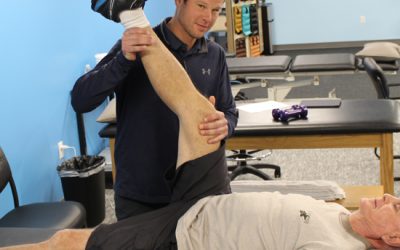 BY KATE SERODIO, DPT
BY KATE SERODIO, DPT
Most of us remember the years of our youth as being very physically flexible. Many of us could do splits, do a perfect backbend, and some of us could even look like a human pretzel. On the other hand, some of us report that we could barely touch our toes, but I am sure you were far closer than you are today! Kids are generally known to have a lot of flexibility but throughout their youth, that flexibility can sometimes come and go, so it is important to have flexibility on your kid’s to-do list.
Throughout the years of puberty, kids will tend to have extreme growth spurts. According to Dr. Keith Dominick (Pediatrics Specialist in Hampton & Portsmouth, NH), most girls will start puberty by age 13 and most boys will start puberty by age 14.
Dr. Dominick reports that flexibility should be a topic of concern for children throughout puberty. As kids grow, some will grow at a nice steady pace making the transition physically seamless while others will be driving with a heavy foot on the gas and then come to a sudden halt on and off throughout their childhood. This sudden fast growth spurt can cause many problems physically such as coordination issues, weight struggles, and flexibility restrictions leading to injuries.
How is coordination affected?
Coordination, you can imagine will be a bit of a struggle for the kid that has a heavy foot on the growth spurt pedal. According to the Magic Foundation, most kids grow on average 2inches/yr. from age four until puberty. During puberty, a growth spurt of 2 ½ -4 ½ inches/yr. for girls and boys average 3-5 inches/yr. This can be very frustrating for many kids. Perhaps they have been a great athlete and all of a sudden, they are dropping the ball, tripping over their feet, and every game or practice seems like they are in a constant funk. It is very important to educate your child on growth spurts and how this can affect their ability to play. They need to be reassured that they just need time to adjust to their new playing tools. Practice and time will allow them to get use to their new size. They must understand that they may have a bad season one year and the next they could be at the top of their game. This will prevent the child from deciding to give up on a certain sport all together. The best thing you could do for your child is keep them physically involved in sports, help them get through these ups and downs that are beyond their control.
Flexibility Restrictions and Injuries:
Flexibility restrictions occur because during growth spurts kid’s bones grow so fast that the length of their muscles are unable to keep up. Suddenly your limber child that you referred to as Gumby suddenly is complaining that they are tight and are complaining of knee pain or heel pain. Two of the most common conditions that many kids will have secondary to their bones growing too fast for their muscles and often in combination with increased activity are Osgood Schlatters (knee pain caused by tightness in quad muscle) and Sever’s Disease (heel pain due to tightness in Achilles Tendon). Both these conditions occur because of a traction injury to the cartilage and bony attachment of the tendons. These are both apophysitis injuries, which is an inflammation or stress injury to the area on or around the growth plates in children. Other less common apophysitis’s locations:
Little league Elbow (Medial epicondyle apophysitis) is common in kids that throw or bat. Stretching should target the tightness in a child’s wrist flexor muscles since these muscles attach on the medial epicondyle.
Pelvic/Hip Apophysitis -The location on the hip may be in 7 different locations! Common in dancer’s, soccer players. Take a look at this picture as it shows the points of pain. Muscles to target: Sartorius, rectus femoris, hamstrings, abdominals, abductors, iliopsoas, and adductor longus.

Iselin’s Disease (5th metatarsal apophysitis) Pain located on the Outside foot- Muscles to target: peroneals/gastroc muscles (outside of ankle and back of calf stretch) most common in soccer, basketball, gymnastics and dance.
What flexibility stretches should all kids do?
In order to be proactive and try to avoid the areas that kids commonly have apophysitis’s, have your child routinely do these stretches at least 3 days/week. If your child is involved in sports, try and make it a habit for them to do the attached exercises after every practice or game once they get home.
The goal for them during a warm up is to do more of a dynamic warm up with their team (dynamic stretching is more movement-based stretching such as walking lunges with a twist) and then when they come home; they should do these exercises – (see and/or print out Flexibility Stretching Exercises pdf)
*Parent Tip for avoiding these conditions: An important factor to discuss is the huge push kids are getting to specialize in single sport participation despite the recommendation against it from the American Academy of Orthopedic Surgeons (AAOS). Early sport specialization is defined as intensive training or competition in an organized sport by prepubescent children for eight or more months out of the year. The AAOS attributes lack of sport diversification with a significantly higher incidence of repetitive injury. Bones, muscles, ligaments, and joints do not have enough time to heal and can lead to maladaptive mobility and a decline in flexibility. (AAOS, 2019). I encourage you to do your best and try to not cave with the constant pressure from sports organizations. The more sports you expose your kids to the less incident of repetitive injury they will have.
At Rye Physical Therapy, we treat these conditions regularly. All of our therapists hold Doctorate Degrees and have advanced certifications to offer the latest treatments while using Evidence Based Medicine as their guide. Please feel free to reach out and speak directly with a skilled Therapist regarding your individual concerns. www.HamptonPT.com




